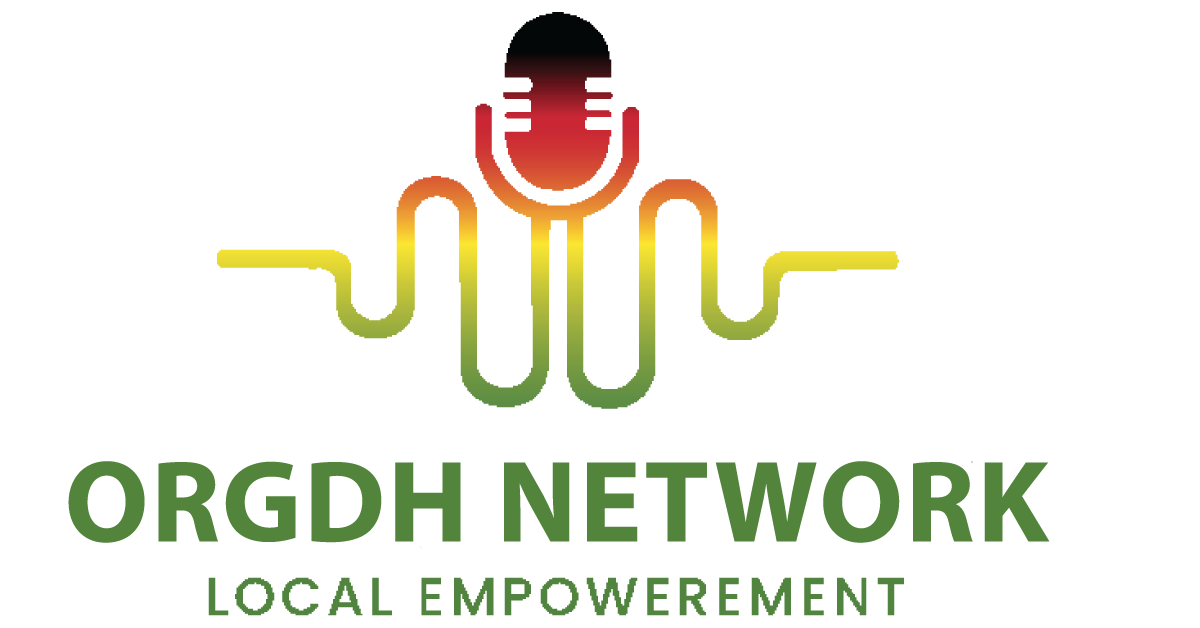Call features can be found in corporate, municipal and government issues as well as CDs. Corporations sometimes sell bonds that can be converted into a specific number of common stock shares. If an investor chooses to exercise the conversion option, the debt represented by the bond is retired when the bond is exchanged for stock.
In conclusion, the world of private equity, with its massive scale and far-reaching impact, offers a fascinating lens through which to view the broader dynamics of global finance and economic development. As we’ve seen, the world of private equity is vast and complex, spanning from global giants managing hundreds of billions to specialized boutiques focusing on niche markets. For investors and industry professionals, keeping a close eye on private equity league tables and AUM rankings is more than just an academic exercise. These rankings provide valuable insights into industry trends, competitive dynamics, and potential investment opportunities.
Silversmith Private Equity: Driving Growth in Technology and Healthcare Investments
An issuer that wants to take advantage of lower interest rates during the call protection period may issue refunding municipal bonds. The proceeds from the new issue will be placed in an escrow account until the call date of the refunded bond is reached. To be more specific, the proceeds from the refunding bond are used to purchase Treasury securities, which are deposited and held in escrow. Bond laddering is a method of staggering the maturity dates of bonds to manage interest rate risk and tax liabilities. By having bonds mature at different times, investors can plan for a steady stream of income and potentially lower their tax bracket in retirement.
The Titans of Private Equity: Top 10 Firms by AUM
The bondholders will need to get paid at the carrying value of the bonds plus the premium. The difference between the carrying value of the bonds and the repurchase price is called gain or loss on bond retirement. It is important for bondholders to carefully assess the drawbacks of retiring bonds at maturity and consider their individual financial goals and circumstances. This evaluation will help investors make informed decisions regarding reinvestment options and managing their investment portfolio effectively. A sinking fund is a means of repaying funds borrowed through a bond issue through periodic payments to a trustee who retires part of the issue by purchasing the bonds in the open market.
Buying a Callable Bond
Finally, you can employ certain bond strategies to help protect your portfolio from call risk. Laddering, for example, is the practice of buying bonds with different maturity dates. If you have a laddered portfolio and some of your bonds are called, your other bonds with many years left until maturity may still be new enough to be under call protection. And your bonds nearer maturity won’t be called, because the costs of calling the issue wouldn’t be worth it for the company. While only some bonds are at risk of being called, your overall portfolio remains stable. But if your bond has call protection, check the starting date in which the issuer can call the bond.
The Costly CD Mistake That Can Lock You In to a Lousy Rate
These firms often introduce operational efficiencies, professional management techniques, and strategic focus to the companies they acquire. While this approach has sometimes been criticized as overly focused on short-term gains, many private equity firms are now emphasizing long-term value creation and sustainable growth strategies. At such a time, you as a bondholder should examine your portfolio to prepare for the possibility of losing that high-yielding asset. It refers to the risk that the proceeds from the redemption will have to be reinvested at a lower interest rate than the original bond. The advantage for companies of issuing convertible bonds is that, if the bonds are converted to stocks, companies’ debt vanishes.
From the above, example, the total par value of the common stock is $30,000 ($3 × 10,000 shares). The difference of $70,000 ($100,000 – $30,000) is the contributed capital in excess of par. To see if they’re retired securities, check if the documents have the word “canceled” imprinted on them, and/or holes punched through the certificate. Often, they’re pinhole-sized and barely noticeable—one of the reasons for the SEC’s 2004 change in regulations. Most large discount brokerages are able to help clients track down securities that have been defunct for over 10 years.
So the first is going to be given to us, we’re going to say that the cash that we’re paying is 230,000. That’s gonna have to just be given in the problem because that’s the callable price that’s how much we’re able to purchase these bonds for. So cash is going to go down because remember, we are buying them back basically, or we’re we’re paying them off early before the maturity date. Now the bond payables on the books at 240,000, we can see it’s a liability, it has a credit balance. So to take it off the books, we do the opposite thing to it, a debit for whatever it needs to be to make it go to zero, the discount.
Journal entry definition — AccountingToolsJournal entry definition — AccountingTools
Bond retirement is a critical event in the lifecycle of debt instruments, marking the culmination of a bond’s existence. It is the process where an issuer pays off their issued bonds before the maturity date, effectively removing them from circulation. This can be done either through a call provision, where the issuer has the right to redeem the bond at a specific price before maturity, or through open market purchases. The tax implications of bond retirement are multifaceted and can have significant consequences for both the issuer and the bondholder.
- Companies use their total revenue tocalculate profit during a given period by subtracting the period’sexpenses, such as the cost of goods sold and payroll, from thetotal revenue earned.
- If, however, the bonds are converted by investors before the maturity date, the issuer will have benefited by having issued the bonds on a low or even zero-coupon.
- Additionally, there’s the opportunity cost to consider—if the bond had not been called, it might have continued to yield higher returns than other available investments.
- Some of the earliest mentions date back to middle-ages Italian city-states, but the sinking fund concept is often attributed to efforts by the English crown during the 17th and 18th centuries.
- This mechanism may sound very similar to a callable bond, but there are a few important differences investors should be aware of.
Journal Entry for Bond Retirement at Maturity
Revenueincludes payment for services the company performs and merchandiseit sells. It also includes any interest or dividends the companyearns from its investments. Companies use their total revenue tocalculate profit during a given period by subtracting the period’sexpenses, such as the cost of goods sold and payroll, from thetotal revenue earned. Every business day, Investopedia tracks the rate data of more than 200 banks and credit unions that offer CDs and savings accounts to customers nationwide and determines daily rankings of the top-paying accounts. To qualify for our lists, the institution must be federally insured (FDIC for banks, NCUA for credit unions), and the account’s minimum initial deposit must not exceed $25,000. Note that the “top rates” quoted here are the highest nationally available rates Investopedia has identified in its daily rate research on hundreds of banks and credit unions.
To find out if your bond has been called, you will need the issuer’s name or the bond’s CUSIP number. When you are buying a bond on the secondary market, it’s important to understand any what does it mean to retire a bond call features, which your broker is required to disclose in writing when transacting a bond. In order to illustrate this, let’s assume that ABC Co has outstanding bonds with a par value of $100,000 which is due to repay by the end of December 31, 2020. In this example, we assume that the interest on the bonds has been paid separately.
Bonds that give the issuer the right to redeem them before their maturity date at specified call prices. In order to illustrate how the accounting entry for gain on early retirement is recorded, let’s go through the example below. Therefore, at the maturity date, the principal or par value of the bond will need to remove from the liability account. The Redemption provisions of the Bonds usually contain dates and amounts that are not determined until Pricing. Accordingly, they are often left blank or are accompanied with an asterisk in the preliminary Offering Document. It is very important that the terms of Redemption in the Indenture or Bond Resolution are consistent with the final Bond form and the final Offering Document.
However, there are also drawbacks to consider, such as the loss of future income for bondholders, the potential opportunity cost of reinvestment, and the risk of missing out on price appreciation. Bond retirement is not just a transaction—it’s a strategic maneuver that can have significant implications for both the issuer and the investor. The tax implications of bond retirement are particularly complex and require careful consideration to optimize financial outcomes.
- Investors and issuers alike must navigate the ebb and flow of interest rates, inflation forecasts, and the overall economic climate to determine the optimal timing for early redemption.
- Depending on the funding situation of the issuer, it may be necessary to issue new bonds in order to obtain the cash needed to retire the old bonds.
- Bondholders will receive a notice from the issuer informing them of the call, followed by the return of their principal.
- If you don’t need immediate access to your funds, opening one of today’s top CDs guarantees the advertised annual percentage yield (APY) until maturity.
- The benefits of retiring bonds at maturity contribute to the overall stability and efficiency of the bond market.
These patterns not only reflect the current state of the industry but also offer glimpses into its future direction. In the range, we find firms that have carved out unique niches in the private equity landscape. With an AUM of over $10 billion, Audax has built a reputation for its “buy and build” strategy in the middle market, focusing on industries like healthcare, technology, and business services. As competition for deals intensifies, many firms in this group are leveraging deep industry expertise to gain an edge.

